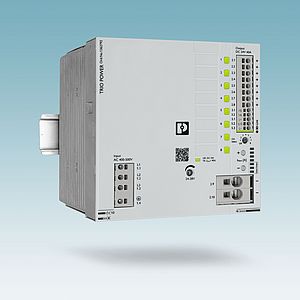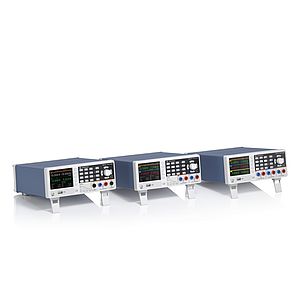With record growth levels in motor controls consumption following the recession, and further growth in 2012, the importance of locating motor controls production closer to consumption is a rising trend resulting in production shifts closest to demand, including China, Brazil, and Eastern Europe, according to IMS Research.
"As these emerging economies become more developed and labor costs in the countries rise, shifts towards other developing regions are inevitable as suppliers look to take advantage of the benefits an emerging market offers," states Analyst John Kendall. Production movement from Poland to other Eastern European nations has already begun, and in China, suppliers are locating facilities in more remote areas of Western China or near Mongolia. As suppliers try to maintain local presence while at the same time keeping labor costs down Southeast Asia and India are expected to see a rise in manufacturing facilities over the next decade as well.
China is the fastest growing regional market for motor controls, and many manufacturers have and will continue to shift portions of their production load to the country. Another contributing factor to production expansion in China is directly related to the restrictive tax policies and import duties suppliers face. The Asia Pacific region, excluding Japan, is expected to produce 49 percent of motor controls units in 2015, up from 41 percent in 2010.
Although currently few suppliers manufacture motor controls in Brazil, many are expanding production facilities in the region. Economic and industrial growth in Brazil provides large opportunities to suppliers opening manufacturing locations in the country, as presence in the region is necessary due to restrictive import duties of 14 percent on all factory automation products and minimum production requirements for local projects.
Eastern Europe and in particular, Poland and Romania, have benefited from the localization trend as suppliers continue to set up new facilities in reaction to European demand for motor controls. The cost of labor in Eastern Europe and the close proximity to some of the largest machine producing countries, including Germany and Italy, is attractive to many suppliers. The EMEA market for motor controls was the largest regional market until Asia Pacific surpassed the region in 2010. With motor control demand continuing to increase across Europe and in large markets such as Germany and Italy, additional manufacturing solutions will be necessary for many suppliers.
BRIC Countries Benefit from Production Localization for Industrial Motor Controls
China is the fastest growing regional market
- July 20, 2012
- 684 views






















































